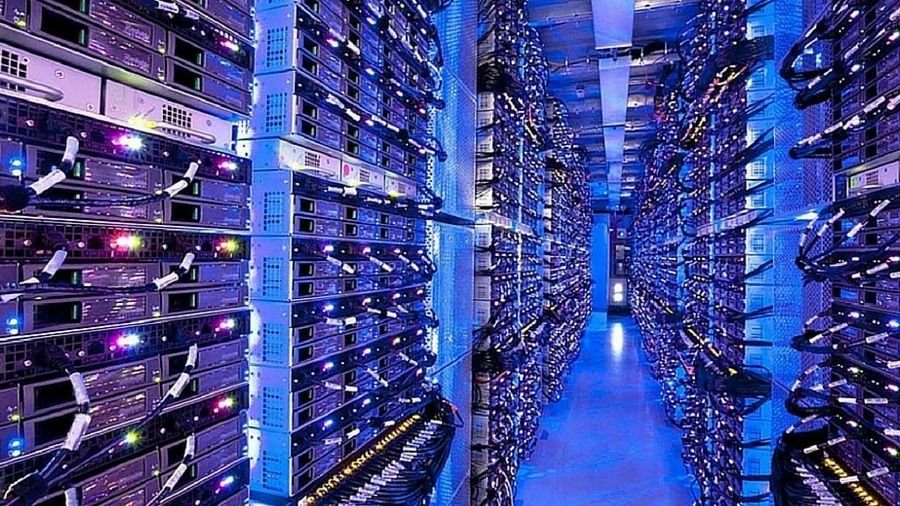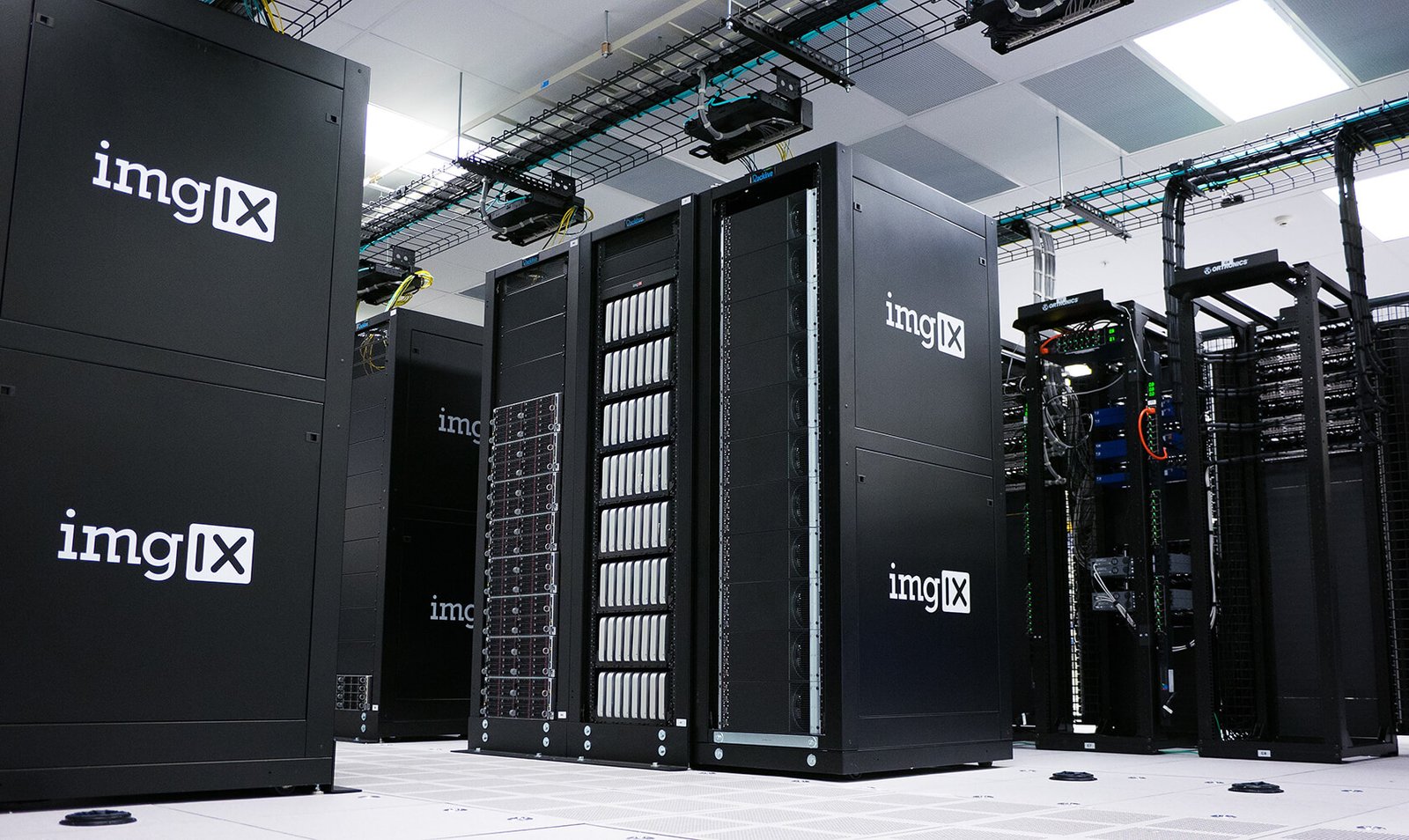Improving Lives with Technology: HSE Lighthouse Project
Using cutting-edge technology, the HSE Lighthouse Project aims to enhance health, safety, and environmental sustainability. This initiative focuses on integrating smart solutions to create safer, healthier, and more sustainable communities.
Objectives
- Enhance Health Outcomes
- Increase Safety Standards
- Promote Environmental Sustainability
- Leverage Technology for Continuous Improvement
Key Components
1. Smart Health Monitoring
Objective: Improve individual and public health through continuous monitoring and early detection of health issues.
Technologies Used:
- Wearables: Smartwatches and fitness trackers to monitor vital signs.
- IoT Devices: Connected devices to monitor health metrics at home.
- Telemedicine: Virtual consultations with healthcare professionals.
Implementation:
- Wearables Distribution: Provide wearables to community members to monitor heart rate, blood pressure, and physical activity.
- Health Data Integration: Use IoT to integrate data from home devices (e.g., smart scales, and glucose monitors) into a central health management system.
- Telehealth Services: Set up telemedicine platforms for remote consultations and follow-ups.

2. Enhanced Safety Protocols
Objective: Increase workplace and community safety using smart technology and data analytics.
Technologies Used:
- AI and Machine Learning: Predictive analytics to foresee and mitigate risks.
- Drones: For surveillance and monitoring of hazardous areas.
- Smart Sensors: Detect environmental hazards like gas leaks, fire, and air quality issues.
Implementation:
- Predictive Analytics: Implement AI systems to analyze historical data and predict potential safety incidents.
- Drone Surveillance: Deploy drones to monitor construction sites, industrial areas, and public spaces for safety compliance.
- Environmental Sensors: Install sensors in critical areas to detect and alert about potential hazards.
3. Environmental Sustainability
Objective: Promote sustainable practices and reduce environmental impact using smart technology.
Technologies Used:
- Renewable Energy Systems: Solar panels, wind turbines, and energy storage solutions.
- Smart Grids: Efficient energy distribution and management.
- Waste Management Systems: IoT-enabled systems for efficient waste collection and recycling.
Implementation:
- Renewable Energy Initiatives: Install solar panels and wind turbines in community buildings and homes.
- Smart Energy Management: Use smart grids to optimize energy usage and reduce waste.
- IoT Waste Management: Implement IoT systems to track waste production and optimize collection routes and recycling processes.
4. Continuous Improvement and Community Engagement
Objective: Ensure continuous improvement of health, safety, and environmental standards through community engagement and feedback.
Technologies Used:
- Mobile Apps: For community members to report issues and provide feedback.
- Data Analytics: Analyze community data to identify trends and areas for improvement.
- Virtual Reality (VR): For training and educational purposes.
Implementation:
- Community Apps: Develop mobile apps to allow community members to report safety hazards, health issues, and environmental concerns.
- Data-Driven Decisions: Use data analytics to monitor and improve HSE standards continuously.
- VR Training Programs: Implement VR training for emergency response, workplace safety, and environmental conservation.
Benefits
- Health: Early detection of health issues and improved public health outcomes.
- Safety: Reduced accidents and enhanced safety protocols.
- Environment: Sustainable practices and reduced environmental impact.
- Community Engagement: Active participation from community members in improving HSE standards.
Conclusion
The HSE Lighthouse Project showcases how technology can significantly improve health, safety, and environmental sustainability. By integrating smart health monitoring, advanced safety protocols, sustainable practices, and continuous community engagement, we can create safer, healthier, and more sustainable communities.




